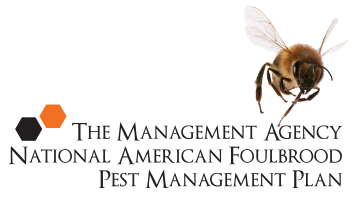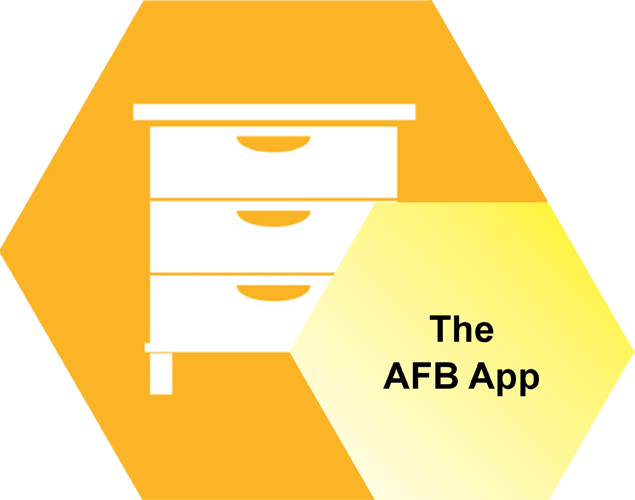Testing and destroying feral colonies
The danger of feral bee colonies
Although under normal circumstances feral colonies are not a major factor in the spread of AFB in New Zealand, there are situations where these colonies can be a disease risk to managed beehives.
AFB identification of feral colonies
It is usually impossible to give feral colonies a visual inspection for AFB symptoms. However, ferals can be sampled for the presence of AFB using the culture test. To take a sample of adult bees for testing, simply hold the opening of a plastic bag over the entrance of the colony when the bees are flying freely. Collect at least 30 bees in the bag, and then tie it off. Send the bag to the laboratory together with your name, address, phone number and details regarding the sample (type, location).
If the laboratory returns a positive test with large numbers of AFB bacterial colonies, the feral colony is likely to have AFB symptoms and should be destroyed.
How to destroy a feral colony
The easiest way to destroy the colony is to kill it using a powdered insecticide such as Carbaryl wettable powder. Use the powder straight from the container (do not dilute). Sprinkle two tablespoons of the powder in the entrance of the colony. The powder will be picked up on the body hairs of bees, and will be distributed throughout the colony. The colony should die completely within 24 hours.
If the entrance to the colony is so small that the powder cannot be sprinkled directly into the entrance, put a similar amount of powder in one end of a short length of hose. Hold the powdered end of the hose up against the entrance and blow through the other end to distribute the powder inside the colony. A plastic squeeze bottle can also be used. Carbaryl degrades in hot temperatures so keep it in a cool dark place.
Once the hive is dead, the entrance should be blocked with a permanent material so that foraging bees from other hives will not be able to enter and rob the colony’s honey (and pick up AFB spores).
Alternative strategy
In many cases a better method of killing a feral colony is just to block it so that it suffocates or consumes all its honey and starves.
Many beekeepers kill feral colonies and block their entrances even if the colonies do not have AFB, since it is believed that the colonies may become a disease risk in the future.
If an AFB feral colony is to be killed it should be either removed and burnt, or killed and closed to prevent other bees having access to the contaminated honey.
Take the AFB 5 minute quiz
How well do you know what you need to know about AFB and beekeeping? Take our short quiz and find out.
Videos
Our videos cover everything from your legal obligations to how to recognise AFB, collecting cell and bee samples and more.
Symptoms
There’s a lot of good information here, telling you everything you need to know about recognising AFB: the visual symptoms, smell of AFB and more.
Inspection and Diagnosis
Successfully eliminate AFB by telling the difference between symptoms of AFB and other brood diseases in the hive. We tell you the best methods for inspecting your hives.
The Law
New Zealand beekeepers have a number of legal obligations that must be met regarding AFB disease. Read the shortened list in summary, here.
Elimination
Most hives become infected because bees, honey or equipment have been put into a hive from another hive that is infected with AFB. Lower your chances of an AFB infection by reading this section.
AFB Recognition Course Info
Find out when the next AFB Recognition and Competency Courses, or Refresher Courses are available. These are held throughout the year in various New Zealand locations across the South Island and North Island.
The AFB App
Follow the link below to open the App. Once open to save to your device you need to bookmark the URL on your phone so you can find it easily again. Please click here to open.









